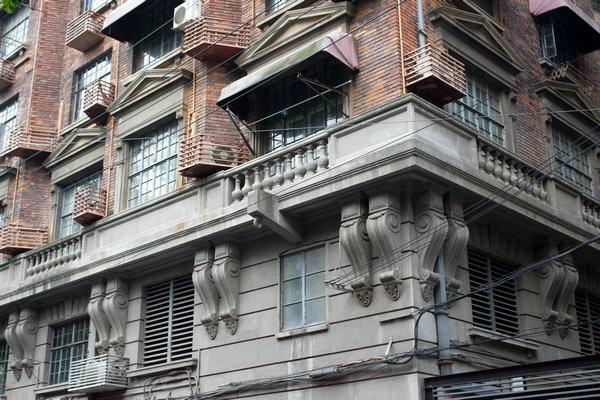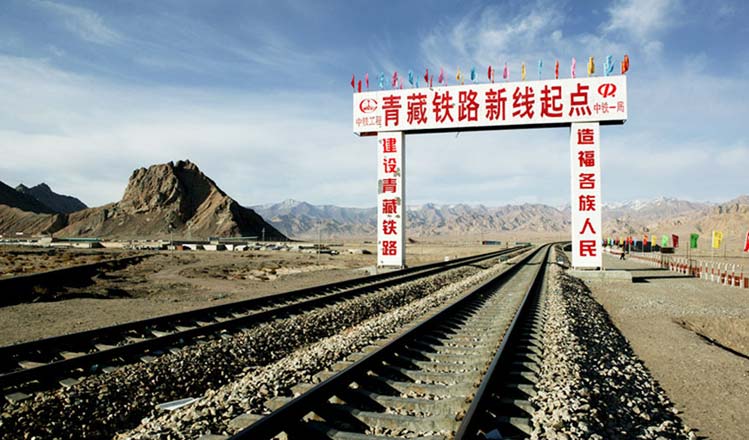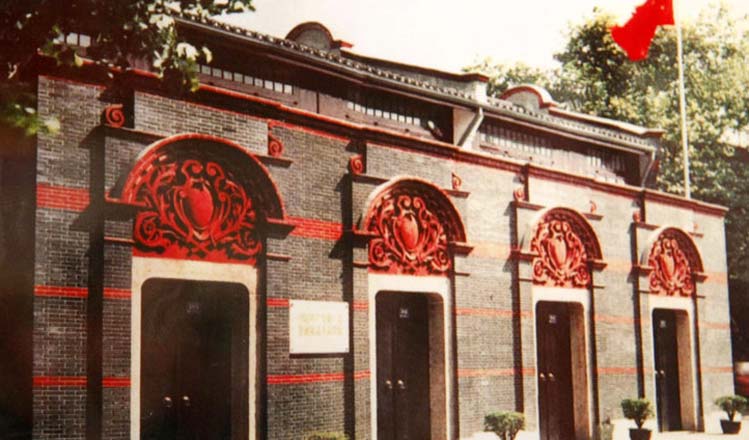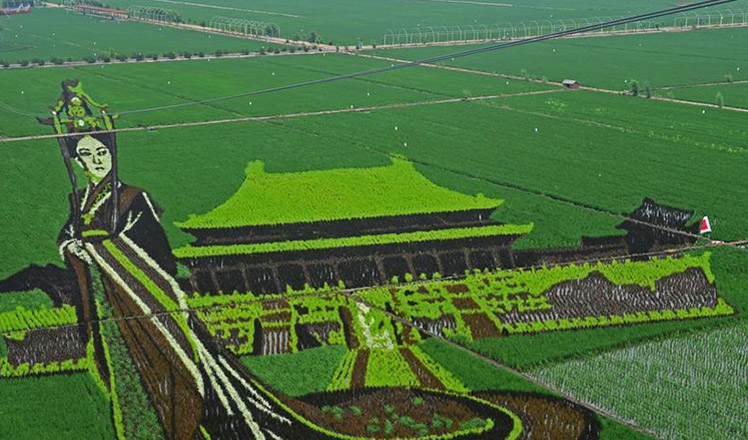Eight grand stories and many more tales
Updated: 2016-07-02 09:34
By Zhou Wenting in Shanghai(China Daily)
|
||||||||
 |
|
The Normandie Apartments, also known as the Wukang Building, have stood since 1924..[Photo by Gao Erqiang/ China Daily] |
"We wanted to seize the last chance to ensure that the soul of this old building, which has undergone huge changes, is not lost," Chen says of the Wukang Building.
"The need to act has been all the more urgent because most of those who first lived there are now advanced in years."
The fruit of those efforts will be exhibited at the Shanghai History Museum next year.
Speaking at a news briefing in May, two years after the history preservation project began, Chen said the work must transcend the physical.
"Apart from preserving an old building, there must be something spiritual, something that has the breath of life in it."
While the Wukang Building is fortunate to have found friends who cared enough to save it from the attentions of those more in tune with progress than preservation, other buildings in Shanghai have not been so lucky, many having been renovated to serve other purposes, such as commercial or office space, and many have fallen foul of the wrecker's ball.
Chen says that what the team has done for the Wukang Building can be extended and applied to other historically significant buildings.
"In preserving the memory of a building, priority needs to be given to protecting it physically. It's fine to nurse wonderful memories, but they alone are not going to prevent an old building from losing its character if someone decides to give it a facelift."
The Wukang Building has its genesis in the International Savings Society, a French financial institution active in China in the first half of the last century, which bought the triangular plot of land at the Central Huaihai Road/Wukang Road intersection on which the apartment building was eventually erected.
Lu Yun, a spokeswoman for Hunan sub-district, where the building is located, says: "It was designed as an apartment building for white-collar singles. The eight-story building with two elevators was one of the city's earliest modern residential high-rises, and most of those who lived there were upper-class expats. Later some prominent figures in politics, culture and the arts moved in."
- Russian Eastern Spaceport shows mutual trust
- UK parties head for leadership battles amid Brexit fallout
- Special Syria envoy plans for July talks, August political transition
- Double suicide attacks kill at least 28 in Cameroon
- Turkey in mourning for 42 killed in deadly assault on Istanbul airport
- Brazil could dismiss Rousseff the day before Olympics ends

 Tenth birthday of the world's highest altitude train line
Tenth birthday of the world's highest altitude train line
 Crucial moments in the history of the CPC
Crucial moments in the history of the CPC
 Chibi Maruko-chan 25th anniversary exhibition
Chibi Maruko-chan 25th anniversary exhibition
 Turkey in mourning for 42 killed in assault on airport
Turkey in mourning for 42 killed in assault on airport
 China's future film stars take graduation photos
China's future film stars take graduation photos
 Russian Eastern Spaceport shows mutual trust
Russian Eastern Spaceport shows mutual trust
 Chinese Olympic team's uniforms unveiled in Beijing
Chinese Olympic team's uniforms unveiled in Beijing
 Paintings on paddy fields in Shenyang, NE China
Paintings on paddy fields in Shenyang, NE China
Most Viewed
Editor's Picks

|

|

|

|

|

|
Today's Top News
Abe's blame game reveals his policies failing to get results
Ending wildlife trafficking must be policy priority in Asia
Effects of supply-side reform take time to be seen
Chinese State Councilor Yang Jiechi to meet Kerry
Chinese stocks surge on back of MSCI rumors
Liang avoids jail in shooting death
China's finance minister addresses ratings downgrade
Duke alumni visit Chinese Embassy
US Weekly

|

|







